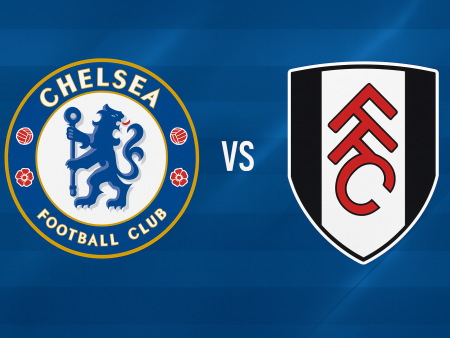Understanding the 4-5-1 Formation: Approaches for Defensive Football
The 4-5-1 formation stands out as a preferred choice for teams looking to implement a counter-attacking style while prioritizing defensive solidity. Known for its versatility, this structure can be adapted for various tactical approaches, giving managers several ways to reinforce their defensive lines or transition swiftly into attack. As football evolves, and as teams move away from the classic 4-4-2, many back-four systems represent some form of the 4-5-1, especially when seeking greater midfield presence and minimizing the use of dual strikers. Below, we explore three prominent methods for deploying the 4-5-1 with an emphasis on defensive balance.
Utilizing the Flat 4-5-1 for Defensive Control
The flat 4-5-1 line-up is characterized by five midfielders forming a disciplined, horizontal block across the field. This arrangement excels at denying passing options between the lines, making it difficult for opponents to break through and find their forwards in dangerous positions behind the defense.
When teams lose possession, the flat midfield acts as a barrier, smothering central areas and preventing quick transitions from the opposition. On regaining the ball, players can form short passing triangles, enabling effective counters or methodical plays into wide areas. Pressing responsibility is often shared-two central midfielders or wide players might initiate the press, while the others provide coverage and support, maintaining structural integrity.
A common challenge in this formation is the risk of the lone forward becoming isolated. However, with proper coaching, teams can efficiently morph into more attack-minded shapes like a 4-3-3 or 4-2-3-1 during transitions, enabling wingers or midfielders to surge forward and support the striker. When counter-attacks are emphasized, these attacking shifts often develop naturally as players advance into space.
Adapting the 4-2-3-1 for Midfield Strength and Swift Transitions
In recent years, the 4-2-3-1 has grown into one of the game's most popular alignments, partly due to its strong midfield presence. This setup deploys two holding midfielders in front of the defense, providing a solid shield, while the trio ahead-comprising two wingers and a central attacking midfielder-creates opportunities further up the pitch.
What makes the 4-2-3-1 distinct is its flexibility. The attacking midfielder often serves as the team's creative engine. Meanwhile, defensive midfielders cover substantial ground, minimizing gaps behind advanced players. Depending on the match situation, the 4-2-3-1 can transition to a more attack-oriented 4-3-3-by pushing the playmaker deeper and wingers higher-or convert to a compact 4-5-1 by instructing wingers to defend wider and deeper.
One potential drawback lies in its reliance on the central attacking midfielder. Should this player fail to influence play, creative output can diminish. Additionally, the shape can leave more space between defenders and wingers compared to more rigid 4-5-1 systems. However, with hardworking defensive midfielders, these spaces become less problematic, and the benefits for counter-attacking teams-such as rapid forward transitions-are substantial.
The 4-4-1-1: Robust Defense with Attacking Flexibility
Favored by managers like Sean Dyche, the 4-4-1-1 emphasizes a strong defensive platform while providing routes into attack through direct play or transitions. The four midfielders create a formidable block, shutting down central passing corridors, while the player just behind the main striker moves fluidly between midfield support and attacking duties.
Teams using the 4-4-1-1 benefit from:
- Defensive coverage across all areas of the pitch
- Clear marking responsibilities, with the secondary striker often dropping to aid the midfield
- Flexible attacking patterns via long balls, quick ball carries, or interplay between forwards and wingers
This structure is particularly useful for sides that concede possession or lack naturally gifted ball-players. Yet it is equally effective for technically advanced teams, as demonstrated by France’s 2018 World Cup success, where players like Antoine Griezmann and Kylian Mbappé exploited the formation’s inherent flexibility.
While the 4-4-1-1 sacrifices an extra central midfielder found in the classic 4-5-1, it compensates with well-defined roles and strategic use of direct play. This makes it ideal for teams leveraging robust defensive tactics and energetic transitions.
Summary: Choosing the Right 4-5-1 Variation
The 4-5-1 and its variants provide a toolkit for managers aiming to strike a balance between defensive security and offensive potential. From the disciplined lines of the flat 4-5-1, through the dynamic midfield of the 4-2-3-1, to the rugged, adaptable 4-4-1-1, each setup offers unique strengths depending on team strategy, player attributes, and match context. As modern football continues to evolve, these formations remain essential for teams seeking success through tactical flexibility and defensive resilience.













